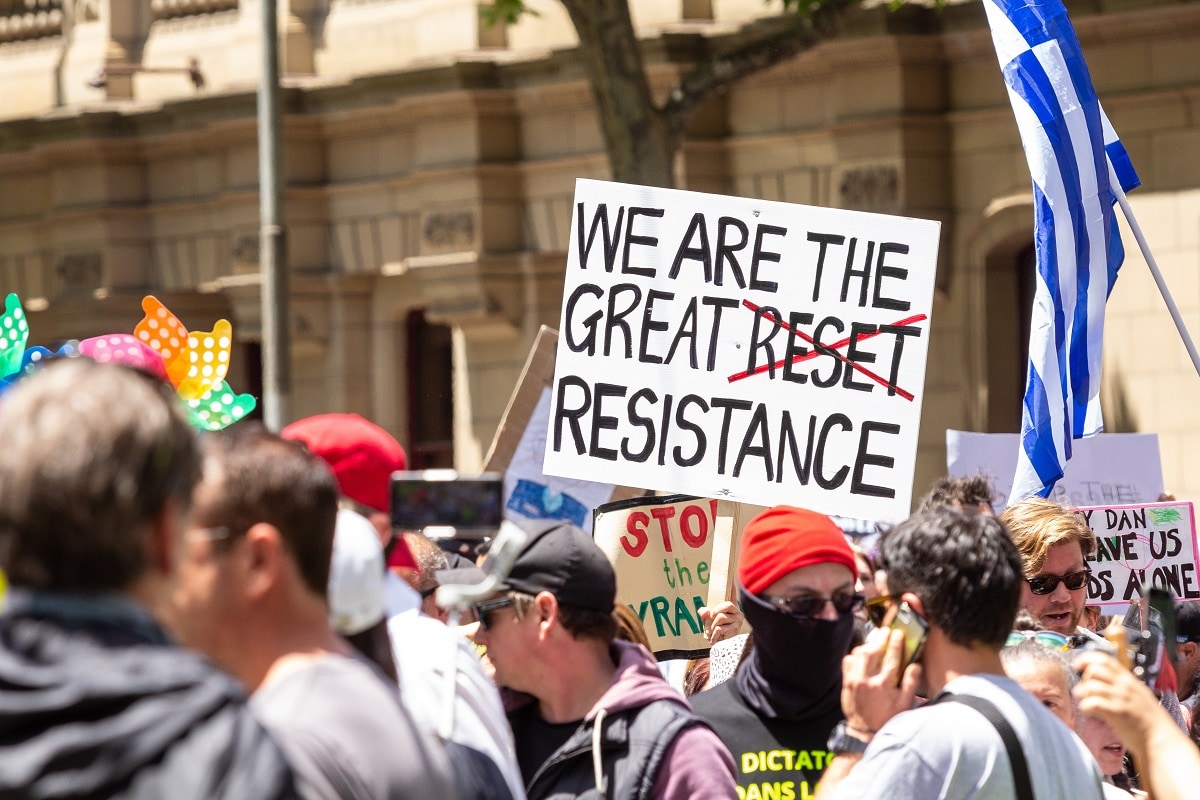On the afternoon of 6 May, a gunman opened fire in a mall carpark in Allen, Texas, killing eight and wounding seven others before he was shot dead by a police officer. Despite ongoing disinformation regarding the shooter’s identity and motivations, his extensive online footprint reveals a clear affinity with neo-Nazi and white supremacist ideology, as well as with incel (involuntarily celibate) ideology, evident in his frequent sharing of quotes from incel forums and echoing of incel terminology.
While very few incels have turned to mass violence, extreme misogyny (along with antisemitism) has been a common thread across most forms of terrorism and violent extremism over the past two decades.
The online history of this particular individual is a reminder of the overlapping ideologies driving lone actor mass violence. With governments across the world increasingly seeking more nuanced terminology to describe these people and their acts, what are the implications for countering terrorism and violent extremism?
Although the journey from extremist ideas to terrorist violence is rarely a straight one, some researchers have suggested that misogyny and loneliness may have had a significant impact on this individual’s subsequent ideological development and affiliation.
This ideological relationship raises a broader question about how the shooter and shooting should be categorised, particularly as the attacker didn’t appear to exclusively target victims based on their gender or race.
This might sound like an academic question in the wake of an attack that killed eight people, but increasingly, governments are seeking to reflect nuance in the ideological motivations of terrorist actors, particularly given the broad range of ideologies and aims contained under the umbrella of far-right terminology.

For example, in 2022, the UK’s Prevent program, which aims to stop individuals becoming terrorists, increased its number of ideological categories from 4 to 11, adding incel, school shooter and “high counter-terrorism risk no ideology” among others.
Although Australia now has two overarching categories – ideologically motivated or religiously motivated violent extremism – ASIO Director-General Mike Burgess reflected on the range of ideological motivations leading individuals to violence in his 2023 annual threat assessment address, including “a toxic cocktail of conspiracies, grievances and anti-authority beliefs”.
Indeed, while the Wieambilla shooting in December 2022 was categorised as Australia’s first fundamentalist Christian terrorist attack, Queensland Police recognised the role of the pandemic, the climate crisis and anti-vaccine and anti-government sentiment in leading the attackers to increasingly radical theological beliefs.
That an individual might be motivated by different (and in some cases, competing) ideologies is not necessarily a new phenomenon.
Its prominence has been driven by the “leaderless resistance” model encouraged by the far right. The lone actors emerging from this ecosystem have followed in the footsteps of Anders Breivik and Christchurch attacker Brenton Tarrant, leaving behind breadcrumbs across a range of online platforms, often accompanied by a manifesto and more rarely a live stream of the attack itself.
Where previously, ISIS or al-Qaeda-inspired attacks would be swiftly claimed by the organisation and the attacker’s identity subsumed into the ideologies and aims of a global terrorist group, far-right individuals can have greater influence over the framing of their attack and their motivation for carrying it out.
Of course, individuals who carry out acts of mass violence are unlikely to be accurate narrators of their journey to violence. In the case of far-right lone actors, their online activity is often designed to influence or inflame, rather than inform.
However, analyses of the deliberate (and inadvertent) online footprints of far-right attackers have demonstrated their similarities and the influence that previous attacks and attackers have on each other. But as in the case of the Texas shooting, they have also shed light on individual journeys to terrorist violence, and the role of different ideologies and ideologues in influencing this journey.
These varied influences don’t negate the need for accuracy and nuance when it comes to terminology. Understanding what motivated an attack is important first and foremost for victims. But it also helps direct resources for both short-term investigations and longer-term prevention efforts.
However, too great a focus on labels and structures can also feed into “bureaucratic mirroring”, whereby government agencies try to transplant their own structures onto their foes. With structured, hierarchical, quasi-state organisations such as ISIS or al-Qaeda, this approach made some sense. But in the context of an amorphous movement such as the modern far right – and the broader challenge of fragmented ideological commitments and conspiracy beliefs – responses need to be more open to unexpected connections and relationships across what might be considered ideological boundaries.
Importantly, responses must address the underlying drivers to radicalisation that are feeding interest in these different ideological movements, and the use of violence to resolve non-ideological grievances.
Many of these drivers are ideologically agnostic and have broader societal impacts. Addressing toxic masculinity and extreme misogyny would be beneficial across a range of policy fields and does not need to be framed in an explicitly counter-terrorism/countering violent extremism context. Other research has shown the benefits of focusing on addressing loneliness and isolation, another commonality across a range of violent extremist threats.
None of these are easy problems to solve. Neither is the spread of toxic communities online where hate of all kinds is far too common.
But only through the inclusion of these approaches in a holistic response will meaningful progress be made against both far-right terrorism and all other types of violent extremism.

